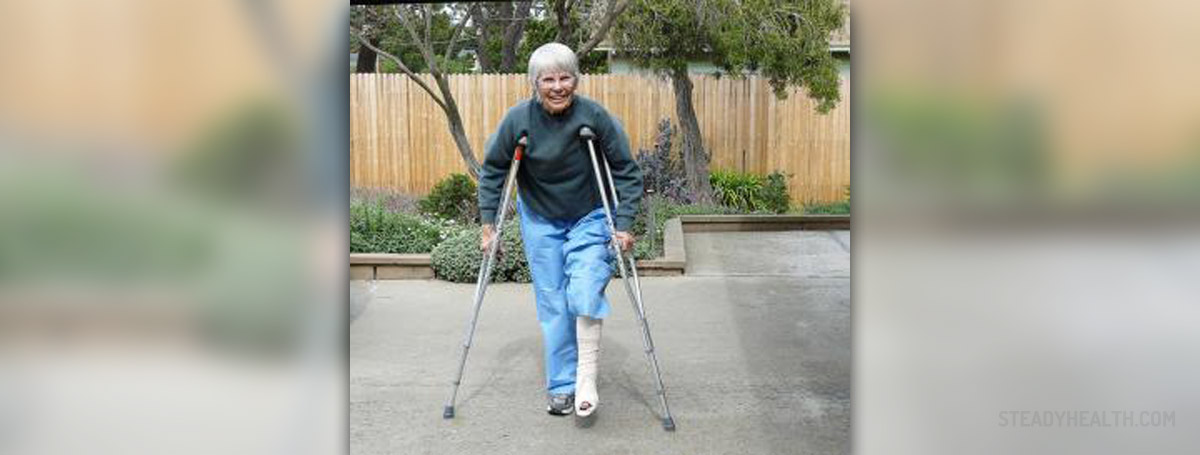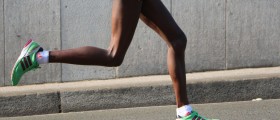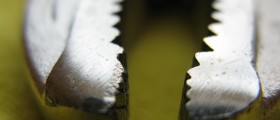
Overview
Fibula is the name for the bone which is located in the lower parts of the legs, near tibia, and connects the knee joint to the talus. It is narrower than tibia and, therefore, less likely to sustain the excessive pressure, and that is why the breakage is more common in the case of this bone. It is prone to be damaged and broken especially when making jumping movements, that is, when landing, or when suddenly twisting the foot ankle in order to change the direction, for instance. However, there are several kinds of the breakage, depending on the location and the complexity of it, and one of them is, for example, the avulsion fracture, which is characterized by certain detachment to some extent.
So, when the breakage occurs, the most pointed out following trouble is, naturally, the specific harsh pain, which is situated on the lower area of the leg and over the outer part of the foot ankle. After this first painful session, later on, the pain is little bit minimized and chronic, which is aggravated in the case of moving uphill or downhill. Besides the pain, the other following indicators of such the injury are the swelling and the contusion.
How to deal with such a breakage?
Nevertheless, the orthopedist discovers the extent of the injury with the CT scan or MRI (of course, after the X-ray imaging), in order to know whether the nearby tissue is damaged or not. So, if the part of the fibula is dislocated, the surgical intervention of getting it back into the normal position should be performed. However, on the other hand, when the dislocation is not present, the treatment and the recovery include only wearing a cast in the shape of a boot.
Of course, the process of the regeneration of the bone and the period of the rehabilitation should be encouraged with the physical therapy, and with providing a lot of rest, which is crucial for the recovery for this kind of fracture. As far as the physical therapy is concerned, the most beneficial are the trainings which are based on the exercises that are focused on toning, stretching and keeping the balance. The simplest exercises from this group are based on moving the foot ankle in all the directions.
For the best results, the exercises should be combined with a gentle massage, and sometimes the electrotherapy and hydrotherapy are recommended. Most commonly, the period of healing, if the breakage is not complex, lasts from several weeks to a few months, again, depending on the seriousness of the injury.

















Your thoughts on this
Loading...